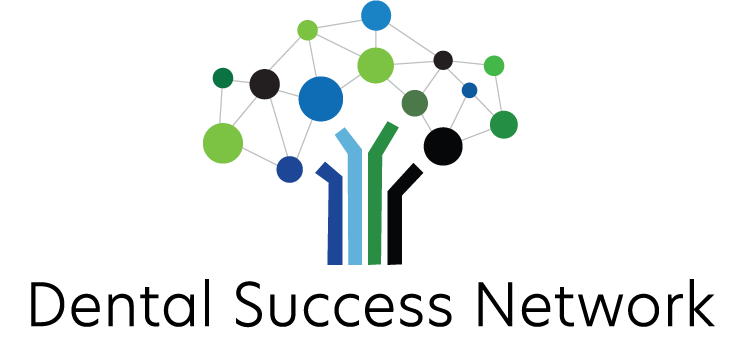Total Systemization
Sometimes people think that systemization stops at the front office/organizational level.
For me, I try to get into good habits so that my systemization takes hold in everything even down to the way I do my preps and check my restorations.
One of the most significant tactics that has changed my dentistry over the past couple years is creating a system for consistent crown preps for every tooth and quadrant.
Inside of DSN, it was one of the hottest posts a while back, and I thought I’d highlight it here.
We all want to be efficient with chair time, so this crown prep is done in 60 minutes total, or if you do assistant-doctor-assistant time, it’s a 20-20-20. The middle twenty minutes is the ‘doctor time:’ meaning prep, impression, temporary fabrication and cement. I do my own temps, partially because I want the highest quality and I’m the fastest at them.
Crown Prep Process
So, here’s how I do it:
- The assistant seats the patient and places topical, then alerts the doctor. (Start a 20 minute timer in your head.) This is the first twenty minutes of the appointment. If it is on the mandible, the assistant actually takes any needed radiographs first and the initial impression. If it is on the maxillary, then the doctor comes in to numb immediately and then the assistant takes care of those secondary items for 5 minutes. (The mandibular anesthesia is instant using a special intraosseous technique shown in this video here. I use it for 95% of all mandibular restorations and RCT.)
- The assistant then takes a triple tray with a cheap PVS dot, about the size of a dime, to take an impression for a temporary crown.
- Start Doctor Time (20 Minutes): Begin prepping the crown, checking in with the patient 3X to make sure they are comfortable. The preparation goes like this:
- 330 Bur across the occlusal and biting surfaces to reduce about 2 mm of occlusion. Most Zirconia or E.max crowns will be great with 2 mm reduction.
- Use 330 Bur to go interproximally and break contacts down to gum level.
- Switch to Green Football Bur for occlusal reduction: reduce occlusion to where those lines made with 330 bur are invisible.
- Pack cord if you need to, otherwise go to the next step if your margins are clear and defined supra-gingivally.
- Switch to black chamfer bur or green chamfer bur to reduce all axial surfaces.
- If removing more decay: remove with slow speed round bur and place buildup.
- Finally, turn off water-spray to slowly go around axial and interproximal surfaces to identify perfect margination.
- Pull cord and take an impression or scan.
- 5 Minutes Impression time (appointment will be over in 5 minutes).
- After the impression comes out, check the impression and place in ProTemp material into cheap PVS impression and place in mouth:
- Wait 1:15 until it’s gummy-hard.
- Doctor removes the temporary and assistant checks other teeth for residual temporary material.
- Doctor adjusts temporary for about 45 seconds.
- The assistant has 2 dots of TempBond on their glove and mixes up ready to place 1 dot of material in the temporary.
- Doctor glues in temporary and wipes clean with explorer.
- The doctor thanks the patient and says that the assistant will finish up with the next appointment and such.
In all, the prep-impression-temporary will take 20 minutes total. Then the assistant has the final twenty minutes to make the crown seat appointment, collect any copays, and check the patient out. (We check out all patients in the room and collect in the room; it reduces congestion at the front desk and is more private.)
The Benefits of Systemization
In all, I love the systemization I have for my crown seats. It makes things more fun because I actually just chit-chat with my assistant the entire appointment. We don’t talk about what instrument is next or anything clinical, because it’s the same every time. It makes the patient experience even better because we can distract the patient with jokes, talking about our families, vacations and other topics. This is only possible because of the incredible amount of systemization around our clinical procedures.
I challenge you to start to codify your procedures to this level, and train your assistants to get on the same page with you on this also. Over time, your appointments will go better and you will be less stressed: and that’s always something we need!



